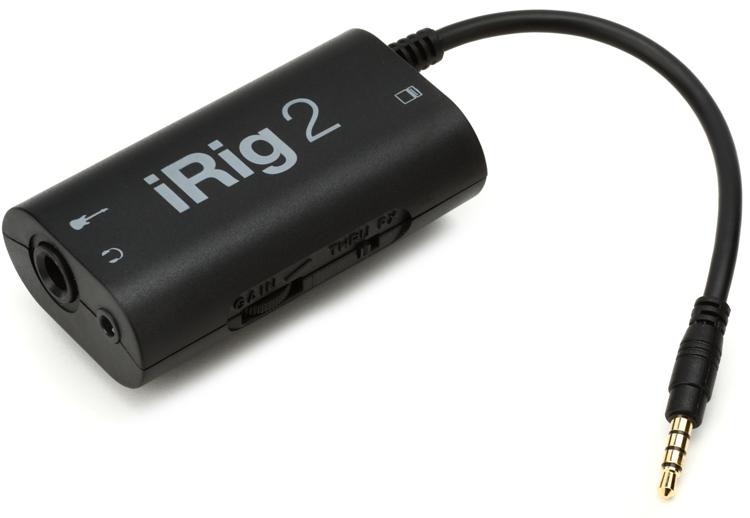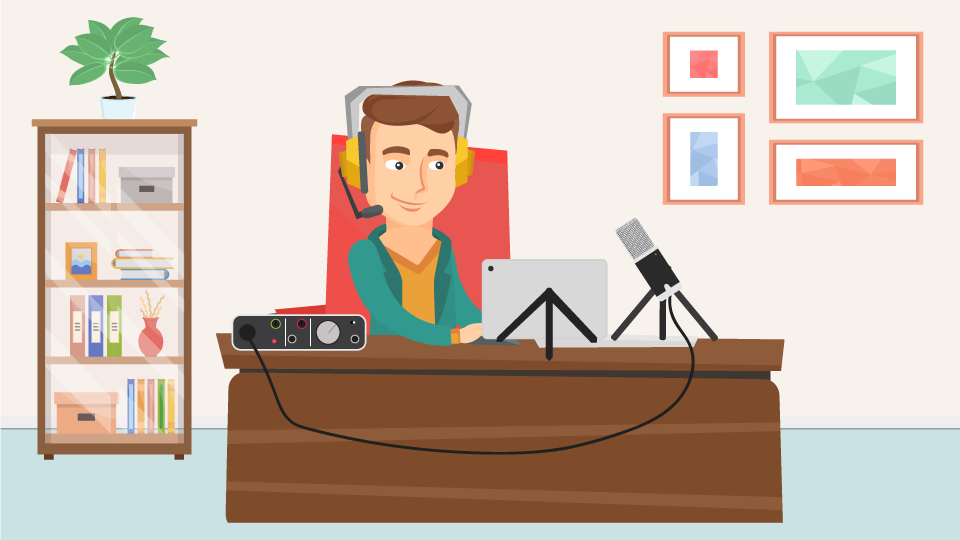Perhaps some of you who are into Podcasting have run up against this qustion:
What is the typical input impedance of cell phone mic inputs? They are Hi-Z and I suspect somewhere between 10KHz and 50KHz but haven't tested anything yet while I wait on cables to arrive. Has anyone had to resolve this issue before for Podcasting, call bridging, or recording? Can a cell phone accept a line level without distortion or overload?
What is the typical input impedance of cell phone mic inputs? They are Hi-Z and I suspect somewhere between 10KHz and 50KHz but haven't tested anything yet while I wait on cables to arrive. Has anyone had to resolve this issue before for Podcasting, call bridging, or recording? Can a cell phone accept a line level without distortion or overload?




